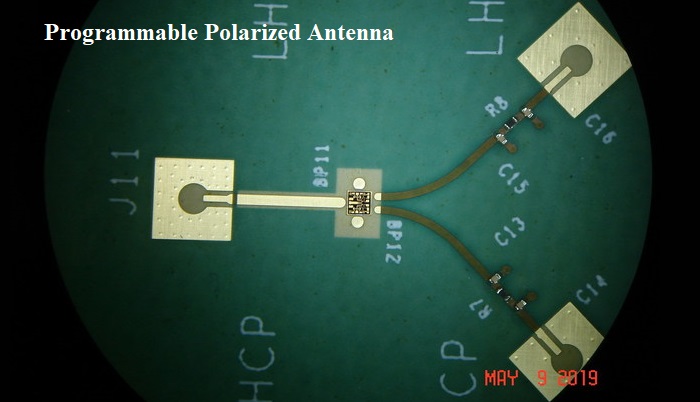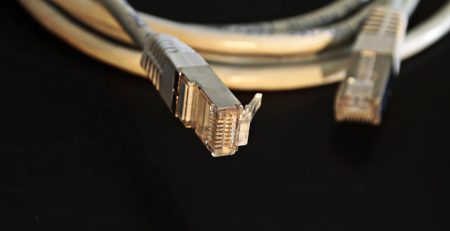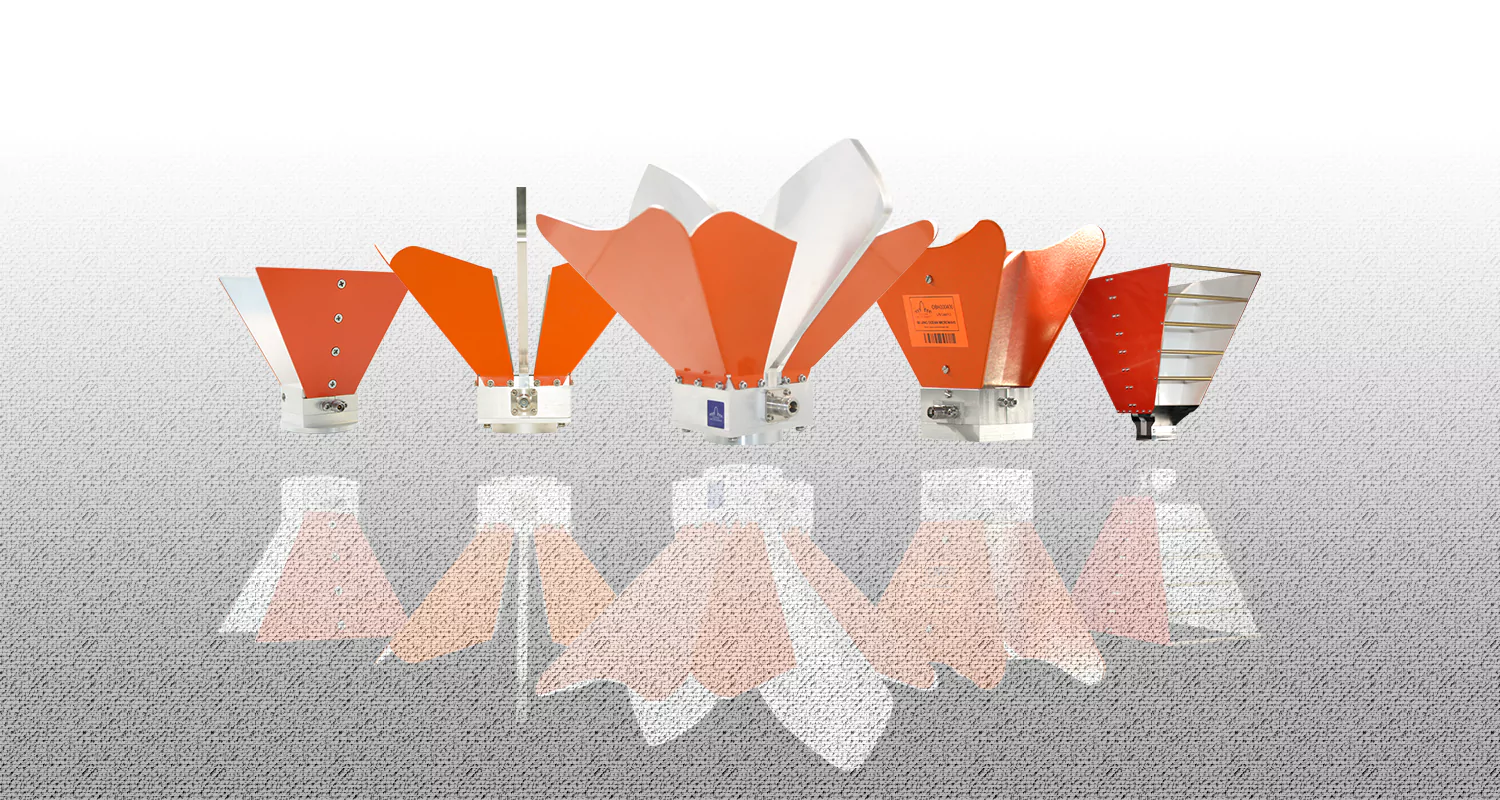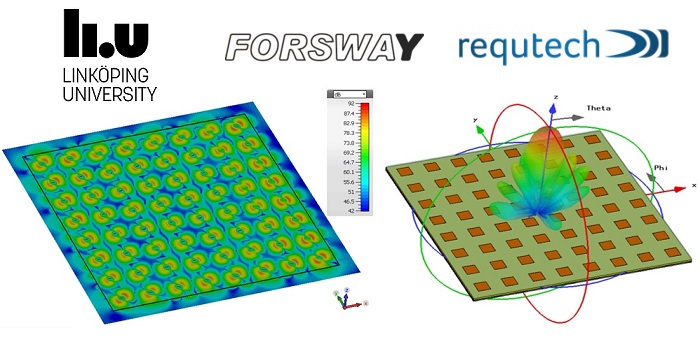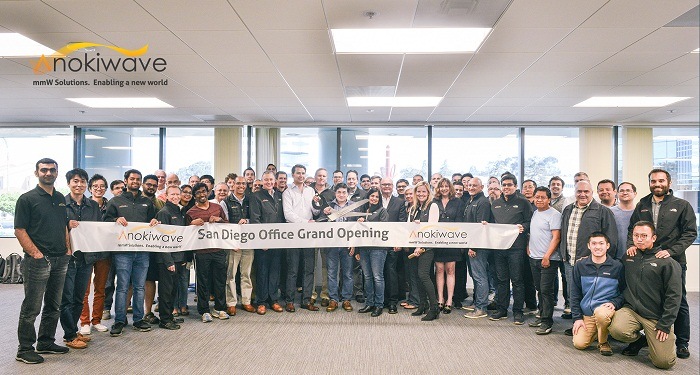When Should You Use a High-Pass Filter in Audio Engineering?
Understanding High-Pass Filters
The Basics of High-Pass Filters
Using a high pass filter is crucial, in engineering as it permits frequencies above a set cutoff point to go through while reducing frequencies strength. The main goal of a high pass filter is to remove frequency sounds that could affect the quality of the sound as a whole. By doing this task it ensures that the audio signal stays clear and well-defined. Mastering the use of a high pass filter can greatly enhance the outcome of your endeavors.
Key Characteristics of High-Pass Filters
High-pass filters have traits that outline how they work effectively in engineering tasks. These filters come in shapes and sizes, with varying slopes and orders to give engineers the option to choose the filter for their particular needs. The cutoff frequency plays a role as it sets the starting point at which the filter starts decreasing the intensity of frequencies. Moreover Furthermore Using a high pass filter properly can effectively remove low-frequency artifacts that could potentially diminish the quality of the sound.
Applications of High-Pass Filters in Audio Engineering
Removing Unwanted Low-Frequency Noise
One of the primary applications of high-pass filters is the removal of unwanted low-frequency noise from audio tracks. This might include sounds like rumble from microphones, stage noise during live performances, or even non-musical sounds that lurk in recordings. By incorporating a high-pass filter, audio engineers can clean up their recordings, ensuring that the final product is polished and professional. The targeted removal of these low frequencies without significantly affecting the overall sound is essential for achieving optimal audio clarity.
Enhancing Clarity and Definition in Audio Tracks
High pass filters are very important, for improving the clarity and definition of tracks by separating out frequencies that can make instruments like guitars and pianos sound unclear when they overlap with other sounds in a mix of music or vocals recordings. Sound engineers use high pass filters to create room for sounds in the mix so that they can stand out better; for example, a high pass filter, on vocals can really help them cut through a busy mix and stand out clearly. This method also helps in achieving a rounded audio setting where every component can be clearly heard.
Practical Scenarios for Applying High-Pass Filters
High-pass filters are frequently utilized in production to address situations that arise in the field. For instance; When working with a band mix high pass filters can enhance the clarity of tracks contributing to a cohesive sound overall. In production scenarios, high pass filters play a significant role, in refining recordings particularly when managing live audio, with background noise. During the mastering process, it is useful to use high-pass filters to make sure that the lower frequencies don’t dominate the mix and maintain a balanced sound quality.
 Best Practices for Using High-Pass Filters
Best Practices for Using High-Pass Filters
Determining Optimal Cutoff Frequencies
When using high pass filters to get the outcomes, in production or mixing tasks it’s crucial to accurately identify the ideal cutoff frequency, for each instrument and vocal track in order to retain their authentic tones effectively. For instance, vocals may sound better with a cutoff frequency range of 80 to 120 Hz whereas guitars might require a cutoff value. Trying out configurations helps in discovering the mix that enriches the audio quality without compromising its overall integrity.
Balancing Frequency Response with Audio Quality
It’s crucial to maintain a balance, in the response when using high-pass filters to uphold quality standards at all times. Overusing filters may result in an artificial sound that lacks depth. Listening to tuning the filter parameters is key, to preserving the richness of the audio while eliminating unwanted frequencies. Making tweaks usually yields outcomes by keeping the sound’s full range of dynamics and subtleties intact.
Avoiding Common Mistakes with High-Pass Filters
When using high pass filters during mixing sessions, in music production work, or in sound engineering projects. Certain mistakes are often encountered that could impede the mixing process. One common error involves applying the filter potentially jeopardizing the essential low frequency components integrity. Another issue is overlooking the importance of evaluating each track result, in an approach that overlooks individual instrument characteristics. Moreover neglect to integrate high pass filters within a mixing strategy can lead to an audio output quality.
RFecho is a thinking company that focuses on creating audio engineering tools, like high pass filters to elevate the quality for professionals in the industry. Their cutting-edge solutions empower engineers to fine-tune sound, with accuracy and assurance. The advanced technology offered by RFecho allows creators to apply high-pass filters in order to improve the sharpness and distinction of their creations. This guarantees the management of low-frequency noise. Ensures that every component of a mix shines brilliantly. RFecho’s dedication, to delivering top-notch quality makes their products indispensable, for engineers looking to enhance the quality of sound in every aspect of audio production.
Using RFechos high pass filters in your mixing and mastering setup effectively enhances the quality to deliver a more precise sound experience overall for professionals working in the audio industry.
High-Pass Filters in RFecho Products
Overview of RFecho’s High-Pass Filters
RFecho provides a variety of high pass filters specifically crafted to meet the requirements of professionals, in the field of engineering industry Their selection of products is made to remove undesired low-frequency noise while maintaining the quality of desired audio signals By incorporating these high pass filters into your work routine you can guarantee that your sound remains crisp and defined RFechos high pass filters are designed to accommodate diverse audio production necessities making them ideal for various settings, like studio setups or live shows
Specific Features and Specifications of RFecho’s Solutions
RFechos high pass filters boast specifications that set them apart in the field of engineering. One standout feature is the cutoff frequency which enables engineers to tune the frequency range to suit specific needs. This adaptability ensures that whether you’re working with vocals, instruments, or mixed tracks you can achieve notch quality. RFechos filters come with a range of slope choices that dictate the speed at which frequencies, below the cutoff point are reduced. Great, for achieving transitions based on the desired result. These features are tailored to enhance user satisfaction. Dynamically enhance quality.
Integrating RFecho’s High-Pass Filters into Your Workflow
Incorporating RFechos high pass filters into your production process is simple yet highly effective. The user-friendly design makes it easy to integrate them into your existing signal chains without causing any disruptions, to your setup. Audio engineers have the option to use these filters during recording sessions to control low-frequency noise. While mixing to enhance the overall audio quality. By taking advantage of the accuracy and effectiveness of RFechos products you can achieve a professional mix. Moreover, their instruments allow for modifications, improving decision-making, in shows and studio sessions alike.
 Maximizing the Benefits of High-Pass Filtering in Modern Audio Productions
Maximizing the Benefits of High-Pass Filtering in Modern Audio Productions
Removing Unwanted Low-Frequency Noise
It is crucial to grasp the strategies, for eliminating undesirable low-frequency noise in order to optimize the advantages of high-pass filtering in audio production tasks. Audio professionals need to identify areas in their mixes where unwanted frequencies might be present, like rumble generated by instruments or background noise in vocals. By utilizing RFechos high pass filters engineers can make modifications that specifically address these frequencies while preserving the integrity of the desired audio elements. Conduct an examination of the tracks to pinpoint sources of noise so that you can use filters where necessary, without affecting the overall sound quality.
Enhancing Clarity and Definition in Audio Tracks
Using high-pass filters strategically can improve the clarity and precision of tracks during the mixing process when dealing with instruments that share frequency ranges and create a muddled sound environment without clear separation, between them. RFechos high pass filters are effective in carving out frequencies that contribute to this overlap issue enabling instruments such, as vocals and guitars to stand out prominently in the mix and enhance the overall sonic space. Enhancing clarity and engaging listeners contributes to creating an audio experience that resonates deeply with the audience.
Practical Scenarios for Applying High-Pass Filters
Using high pass filters, in real-life situations can greatly improve the quality of audio recordings or live performances like in sound engineering gigs where unwanted low frequencies may stem from background noise or feedback issues with equipment are common occurrences that can be easily addressed by leveraging RFechos high pass filters to maintain the clarity and coherence of the live show experience; similarly in recording studios utilizing high pass filters while mixing helps to distinguish different frequencies and maintain a clear definition, for each aspect of the audio content. Understanding how high pass filtering applies to situations can help audio experts make choices that enhance the overall quality of their productions.
Determining Optimal Cutoff Frequencies
Finding the frequency threshold, for high-pass filters is a task that demands attention to detail and precision in decision-making. Each musical instrument possesses traits; hence the suitable configurations may differ significantly. Audio engineers must assess each track separately to pinpoint the cutoff frequency. A range that commonly starts at, around 80 Hz for vocals but can go higher for bass instruments. Adjusting the cutoff frequency enables you to filter out low-frequency noise without compromising the core essence of the waves and maintaining the original quality of the audio during production.
Balancing Frequency Response with Audio Quality
Achieving a response, by using high pass filters without compromising the overall audio quality is crucial to prevent any artificial sound effects from creeping in. When high pass filters are used aggressively; the audio might end up sounding lacking depth. RFecho high pass filters offer a tool, for engineers to fine-tune this balance effectively. It is essential to listen during the mixing process to ensure that these adjustments preserve the richness and intricate details of each audio element resulting in a refined final output.
Avoiding Common Mistakes with High-Pass Filters
Audio experts frequently come across errors while utilizing high pass filters in their work that can hinder the mixing procedures’ effectiveness. One common mistake involves applying filters to all tracks without taking into account the frequency characteristics of each instrument This can result in an unbalanced final mix. Another frequent problem is mishandling attenuation levels, where excessive filtering might unintentionally eliminate frequency elements Utilizing RFechos high pass filters enables engineers to tailor their approach reducing these errors and guaranteeing optimal audio clarity and equilibrium in their projects. By encouraging a careful approach, to their work process engineers can make the most of the benefits provided by high-pass filtering in improving their projects.

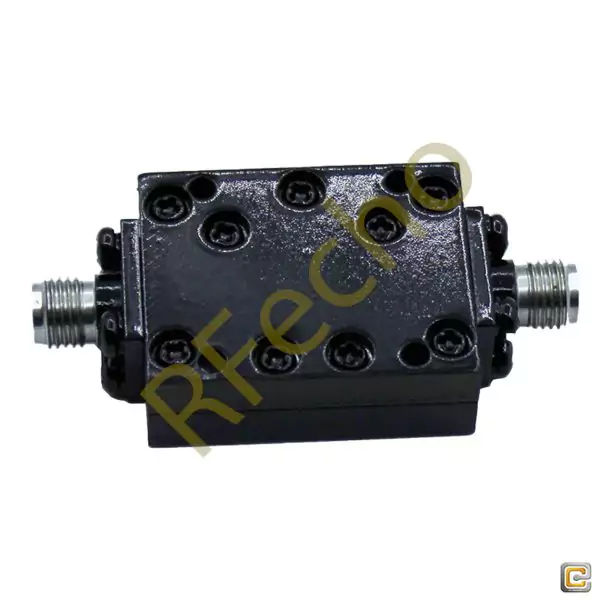
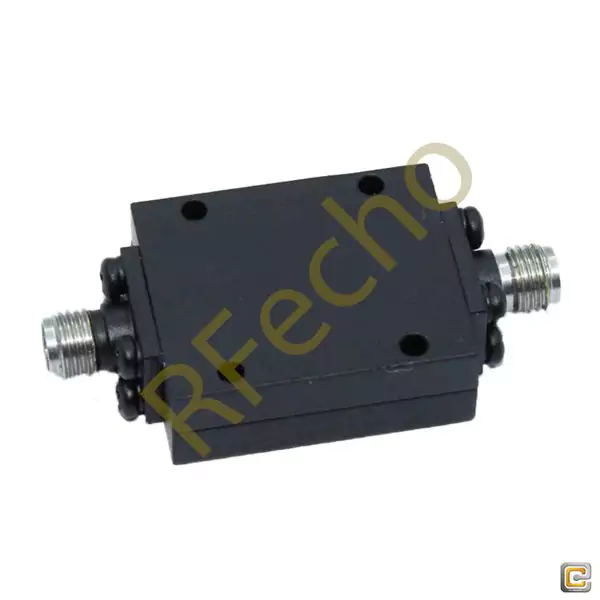 Best Practices for Using High-Pass Filters
Best Practices for Using High-Pass Filters